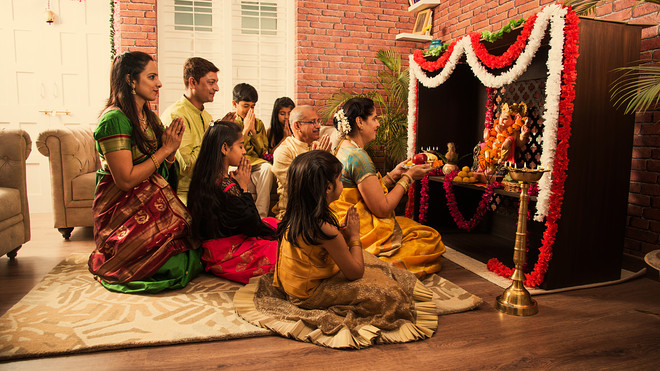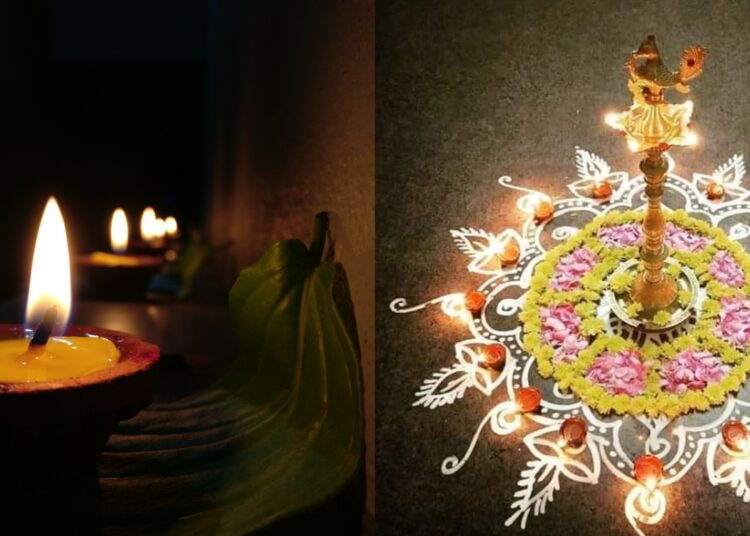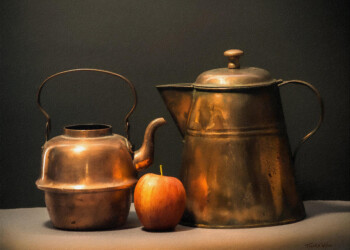Well, in our previous article, we’ve already covered this topic and now it’s time for Part 2 of this thread. This time, the truths behind our rituals are all fresh and more interesting. Let’s get on with the list here;
1.Joining Both Palms Together to Greet 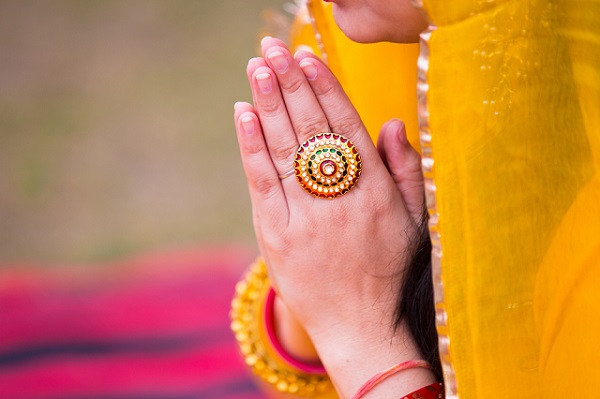
People greet each other in Hindu culture by joining their palms and saying “Vanakkam.” The general explanation behind this practise is that greeting implies respect by joining both palms. Scientifically speaking, however, joining both hands means that the tips of all the fingers are joined together; the pressure points of the eyes, ears, and mind are denoted.
It is said that pressing them together will trigger the pressure points that allow us to remember that person for a long time. And, there’s no germs because we make no physical contact. Hence, in this pandemic, this gesture comes in handy.
2.Why do Indian Women wear a Toe Ring
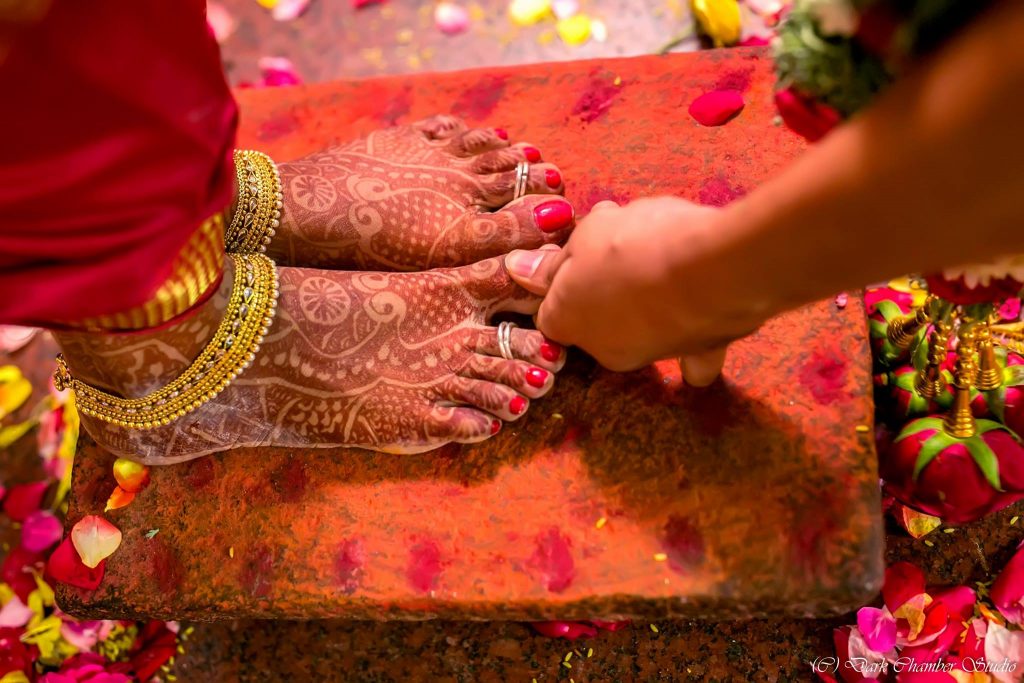
Signifying one’s marital status through the toe rings is perhaps the most obvious one among the Indian community. Yet, this simple practise has a theory behind it. Toe rings are normally worn on the second toes. The uterus is bound by a special nerve from the second toe and passes to the heart.
On this finger, wearing a toe ring strengthens the uterus. By controlling the blood flow to it, it will keep it stable and the menstrual cycle will be periodised. It also absorbs polar energies from the earth and transfers them to the body, as silver is a strong conductor.
3.Applying Tilak on the Forehead

There is a spot on the forehead between the two eyebrows that has been known as a significant nerve point in the human body since the good old days. The tilak is believed to avoid the loss of ‘life’ and it is said that the red ‘kumkum’ between the eyebrows preserves energy in the human body and regulates different concentration levels.
The points for the mid-brow area and Adnya-chakra are automatically pressed when applying kumkum. This also makes the flow of blood to the muscles of the face smoother.
4.Start with Spices & End with Sweets
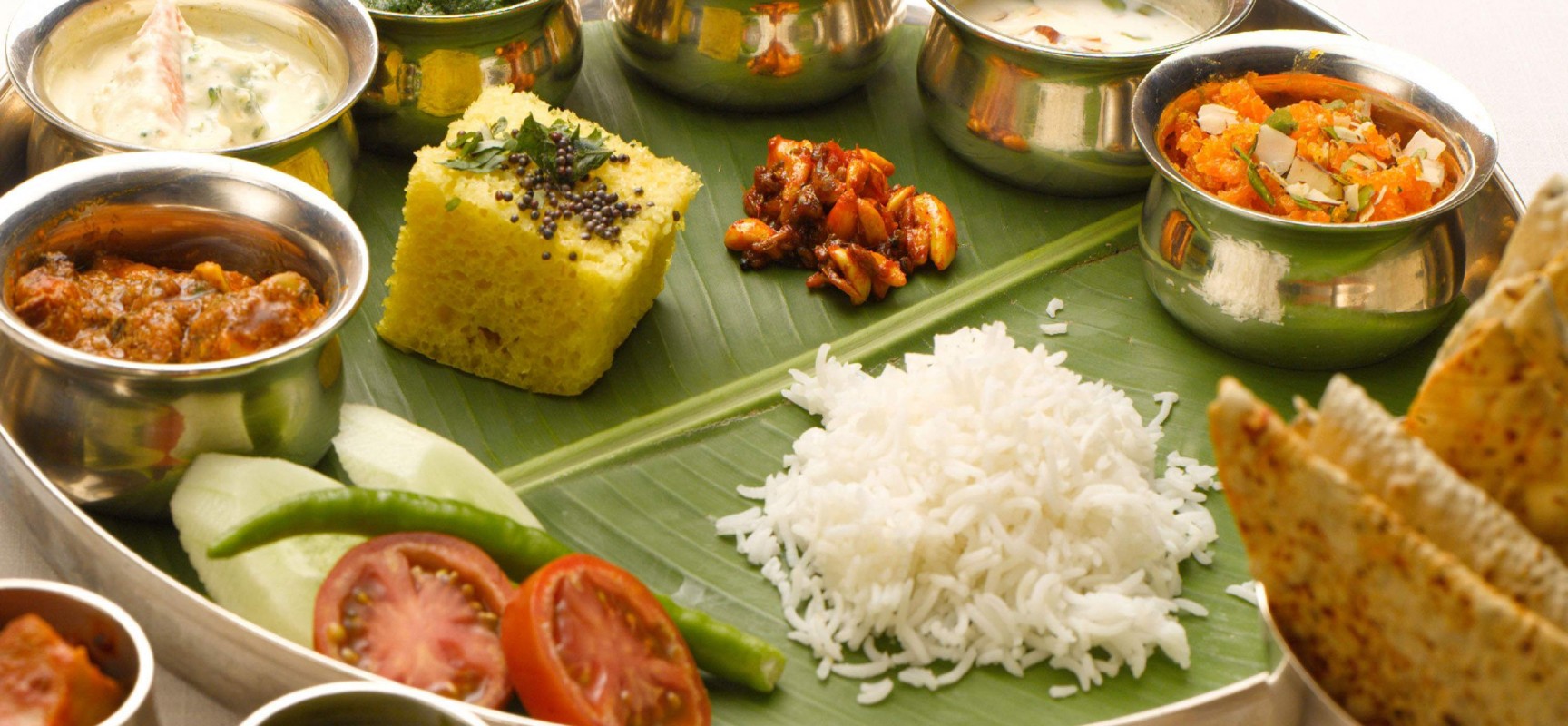
Our forefathers stressed that our servings should start with something spicy following sweet meals at the end. The purpose of this eating custom is that while spicy items stimulate the digestive juices and acids and ensure that the digestion cycle happens smoothly and efficiently, the digestive process is ripped down by sweets or carbohydrates. Therefore, it was often recommended that sweets be taken as a final item.
5.Applying Mehendi/Henna on the Hand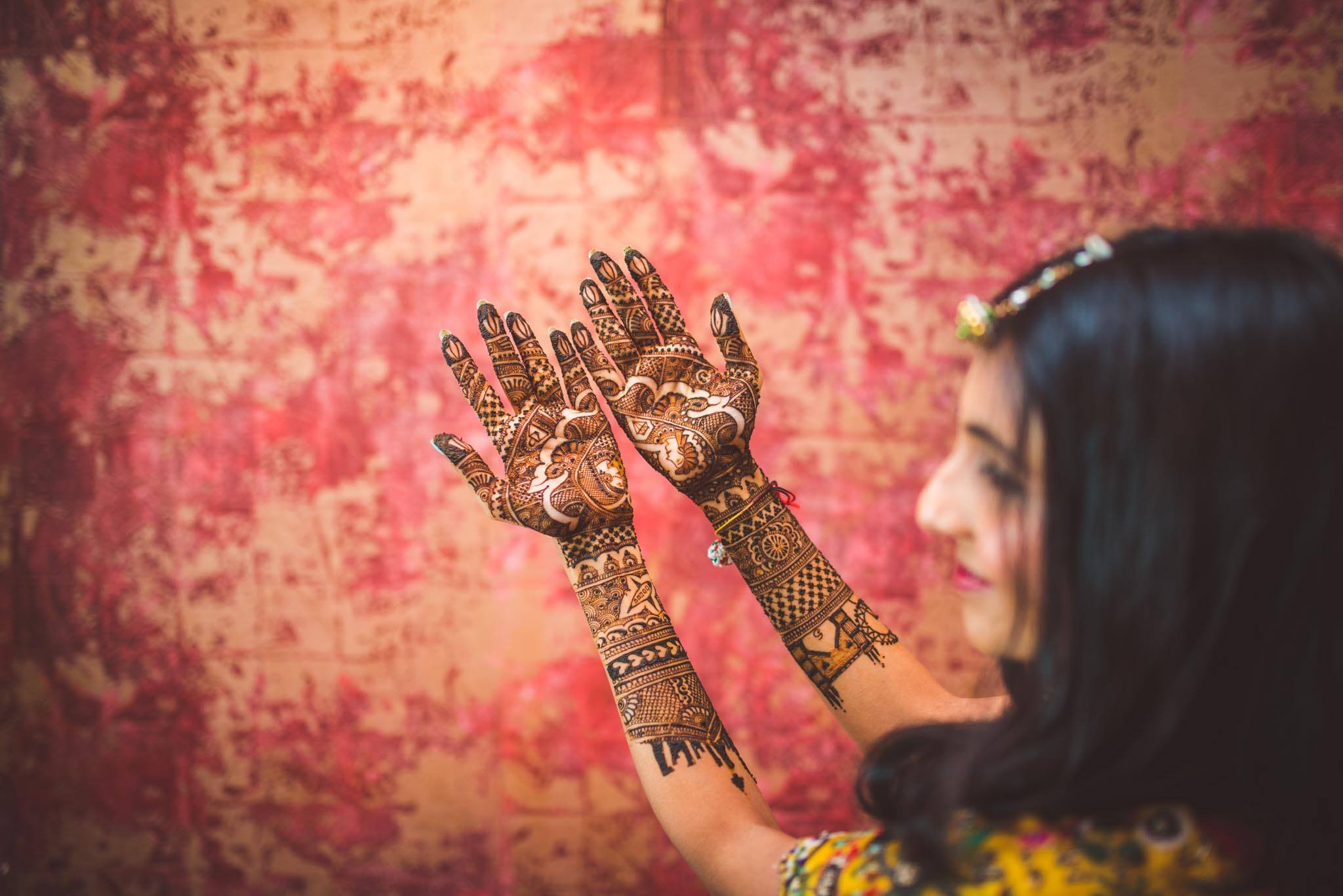
In response to adding colour to the hands, a very strong medicinal herb is mehendi. Weddings are stressful, and often causing headaches and fevers. The excitement combined with nervous anticipation will put a strain on the bride and groom as the wedding day approaches. The use of mehndi will avoid too much stress by calming the body and preventing the nerves from being stressed. This is why mehndi, which houses nerve endings in the body, is applied to the hands and feet.
6.Ear Piercing in Children

In the Hindu religion, piercing the ears is of great significance. Indian doctors and philosophers agree that piercing the ears helps to improve intelligence, thinking capacity, and decision-making skills.
For speech-restraint, ear piercing helps. It helps to decrease insolent behaviour, freeing the ear canals from disorders. This notion often applies to the western world, and then they have their ears pierced as a symbol of fashion to wear fancy earrings.
7.Why do we Fast
The fundamental theory behind fasting is rooted in Ayurveda, an ancient Indian medical philosophy that sees the true source of many diseases as the accumulation of toxic materials in the digestive system.
Daily toxic material cleansing keeps one healthy. The digestive organs is well rested by fasting, and all body processes are cleansed and corrected. A full fast is good for health, and flatulence is avoided by the occasional consumption of warm lemon juice during the fasting time.
Because, as explained by Ayurveda, the human body is composed of 80% liquid and 20% solid, like the earth, the moon’s gravitational force influences the body’s fluid material. It causes the body to have emotional imbalances, making certain individuals nervous, irritable and assertive.
Fasting serves as an antidote, since it decreases the body’s acid content, which helps people maintain their health. Research shows that there are also important health benefits of caloric restriction.
8.Why do Indian Women wear Bangles
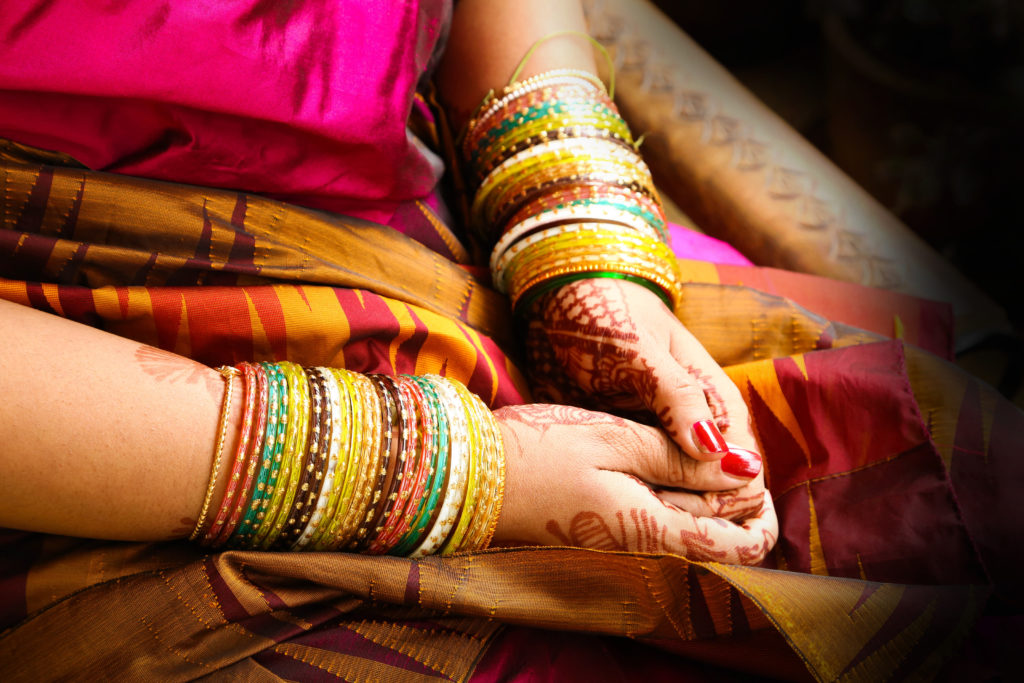
The wrist is usually continuously triggered by every human being. The pulse beat in this section is also mostly tested for all kinds of illnesses. Normally, the bangles used by women are at the wrist of one’s hand and their constant pressure increases the amount of blood circulation.
In addition, because of the circle-shaped bangles, which have no ends to transfer the energy outside but to give it back to the body, the electricity passing through the outer skin is again returned to one’s own body.
Follow us on Instagram, Facebook or Telegram for more updates and breaking news.


